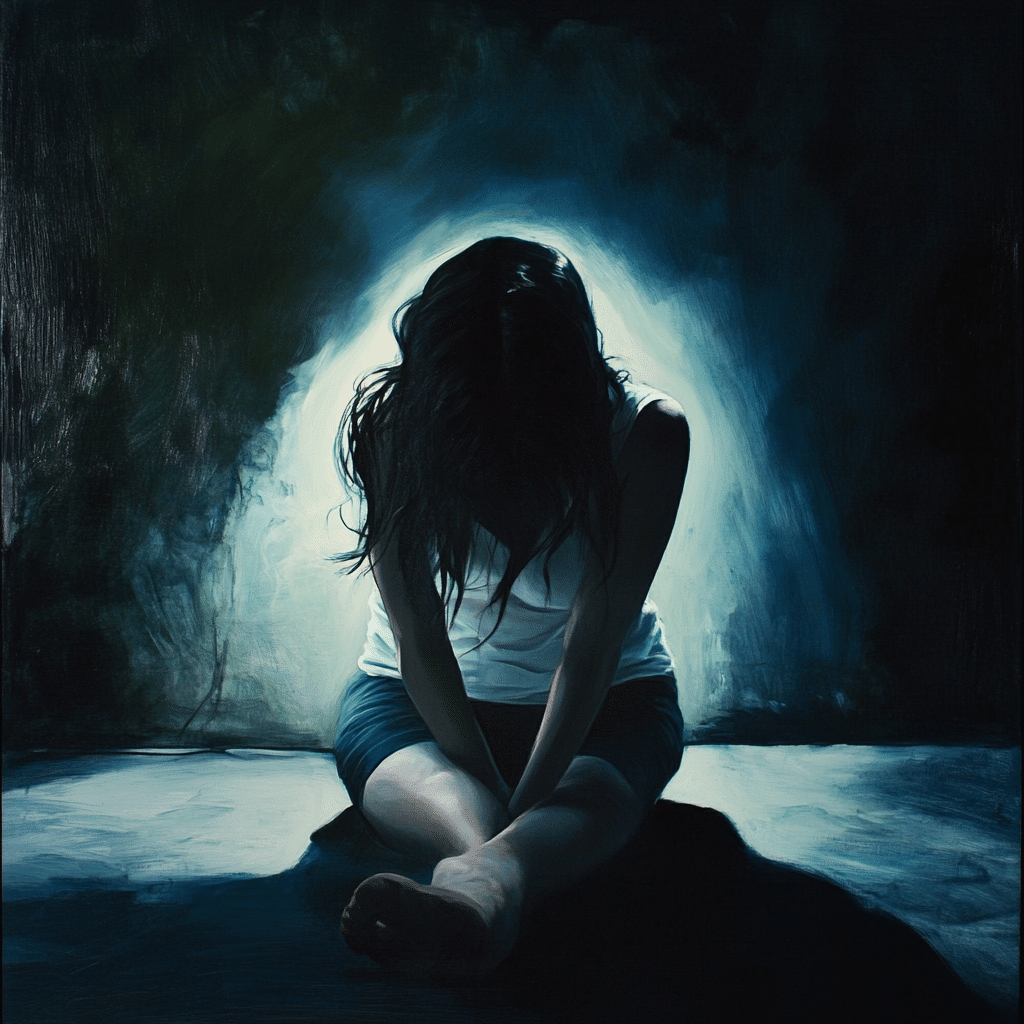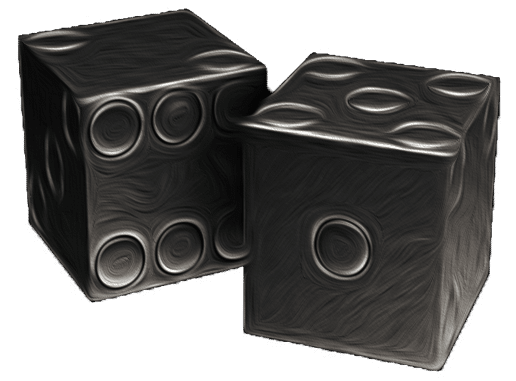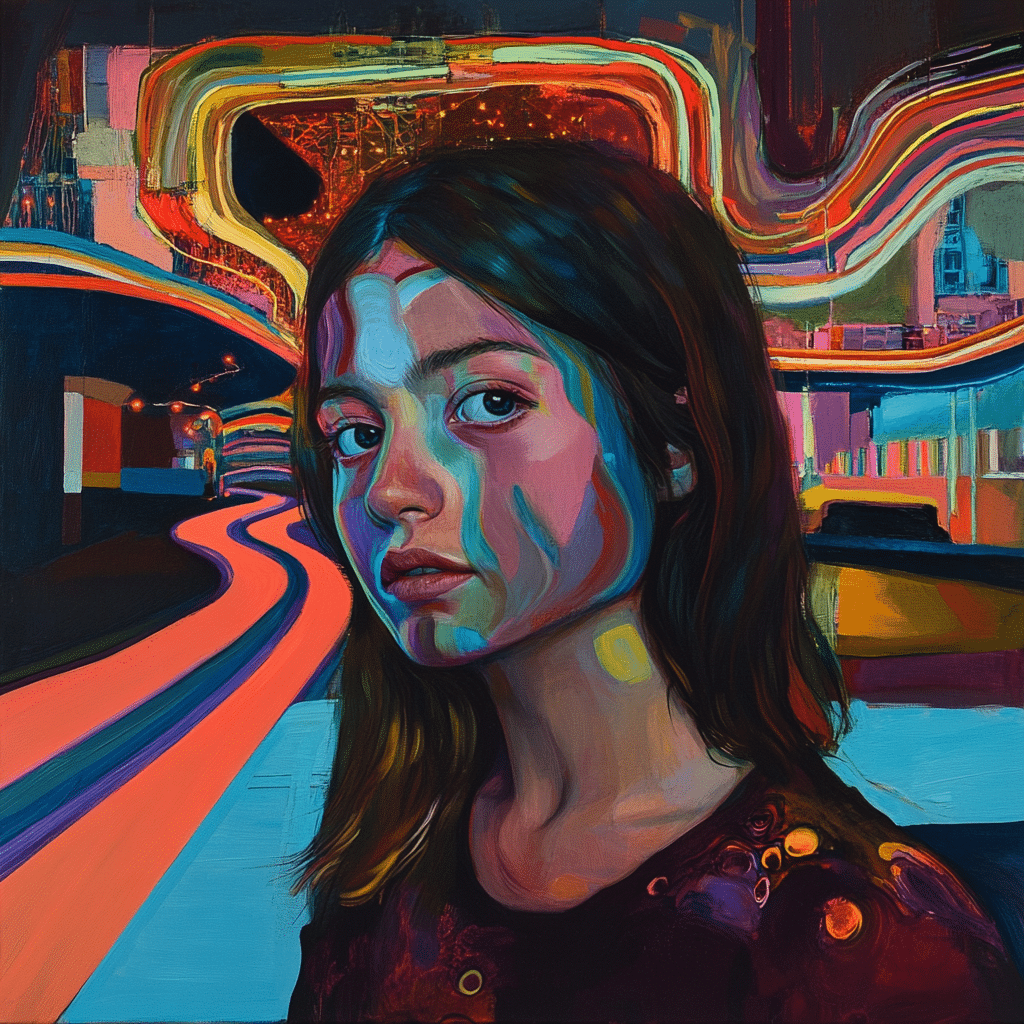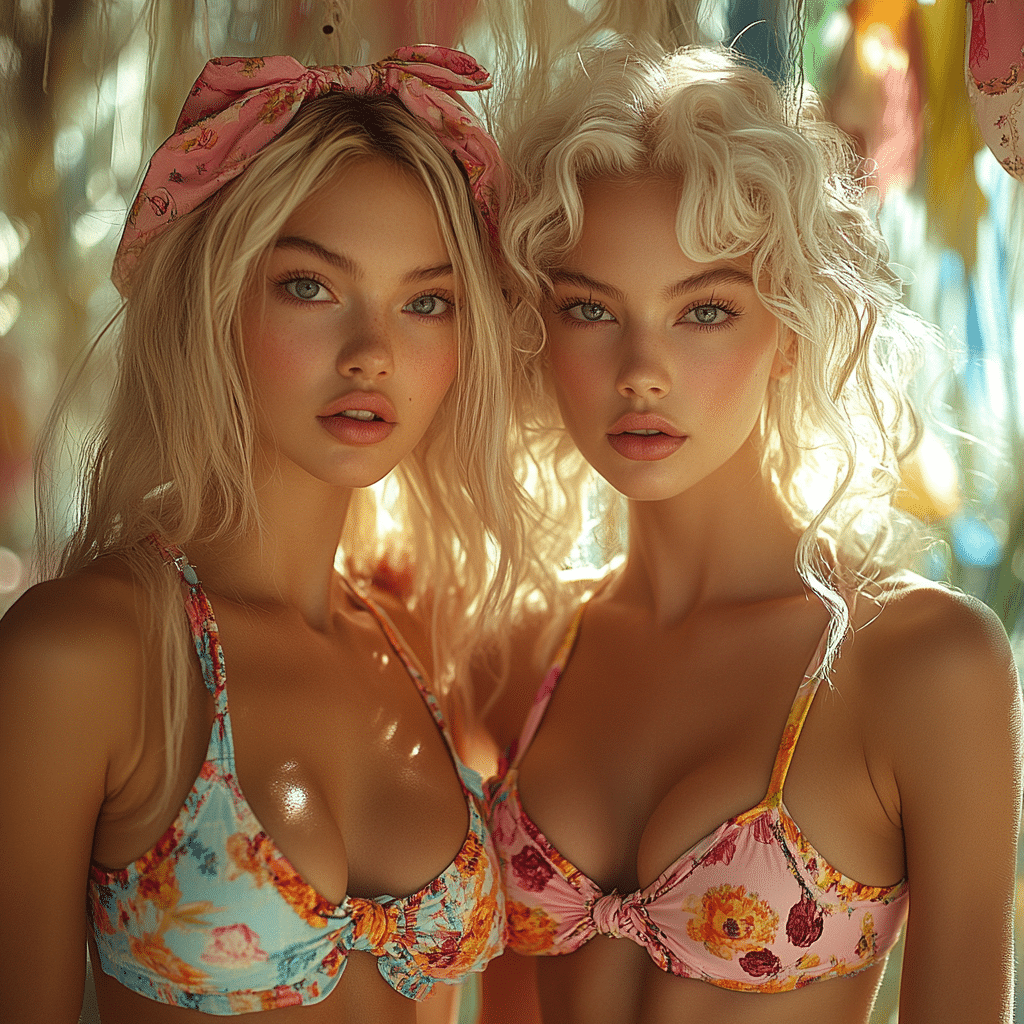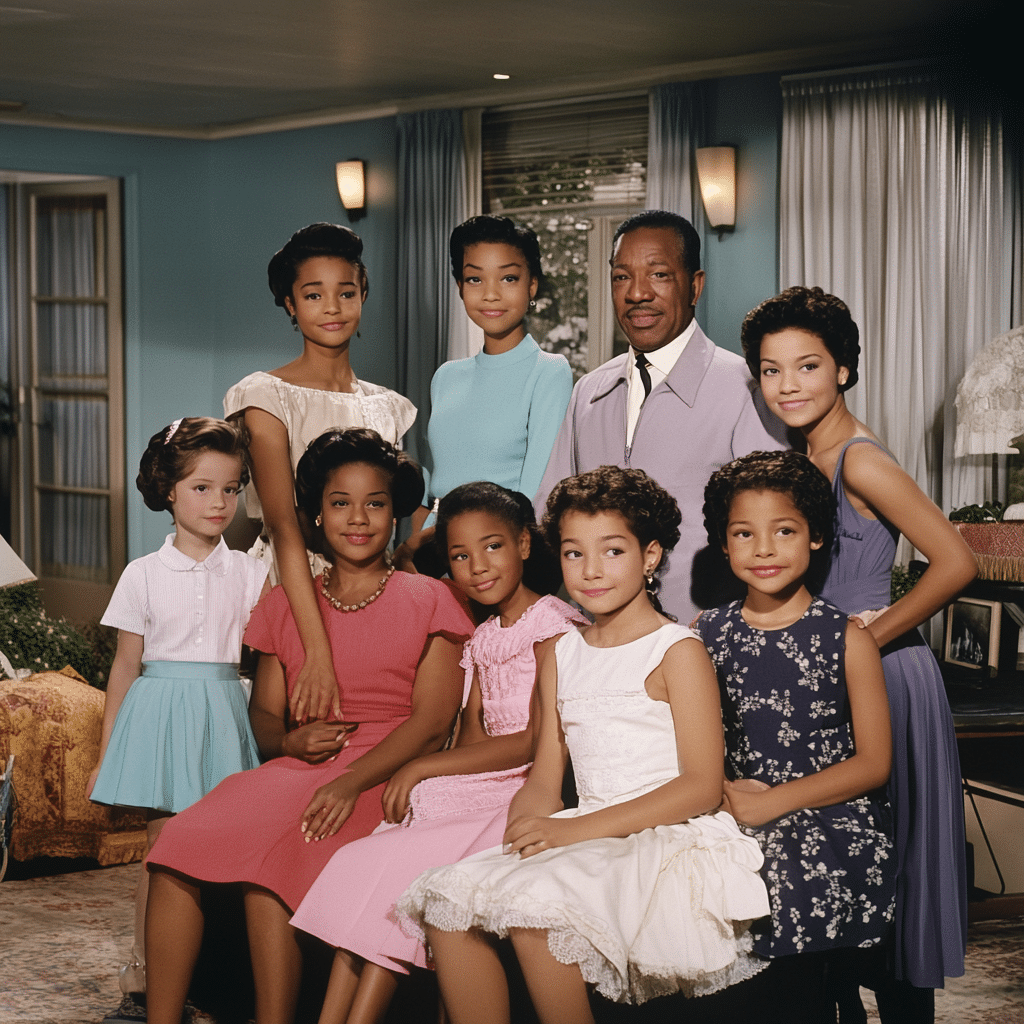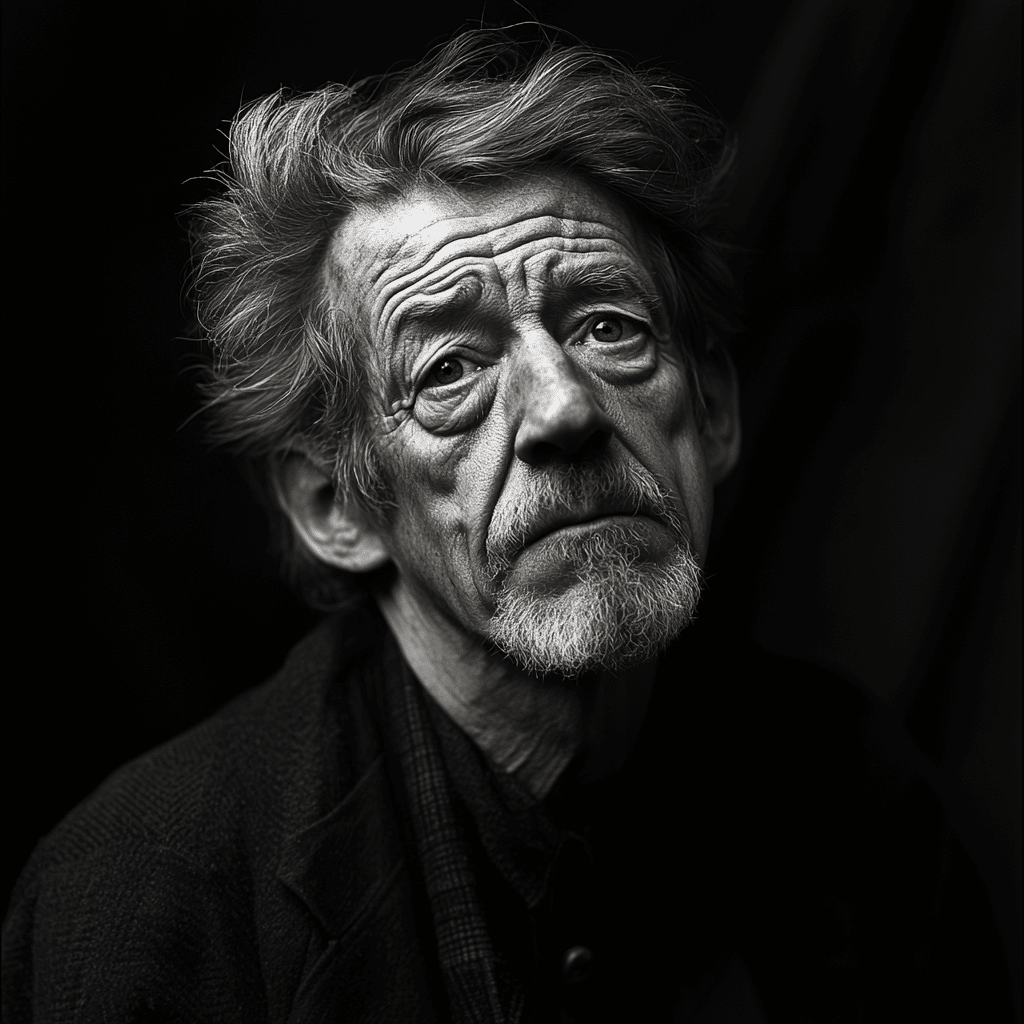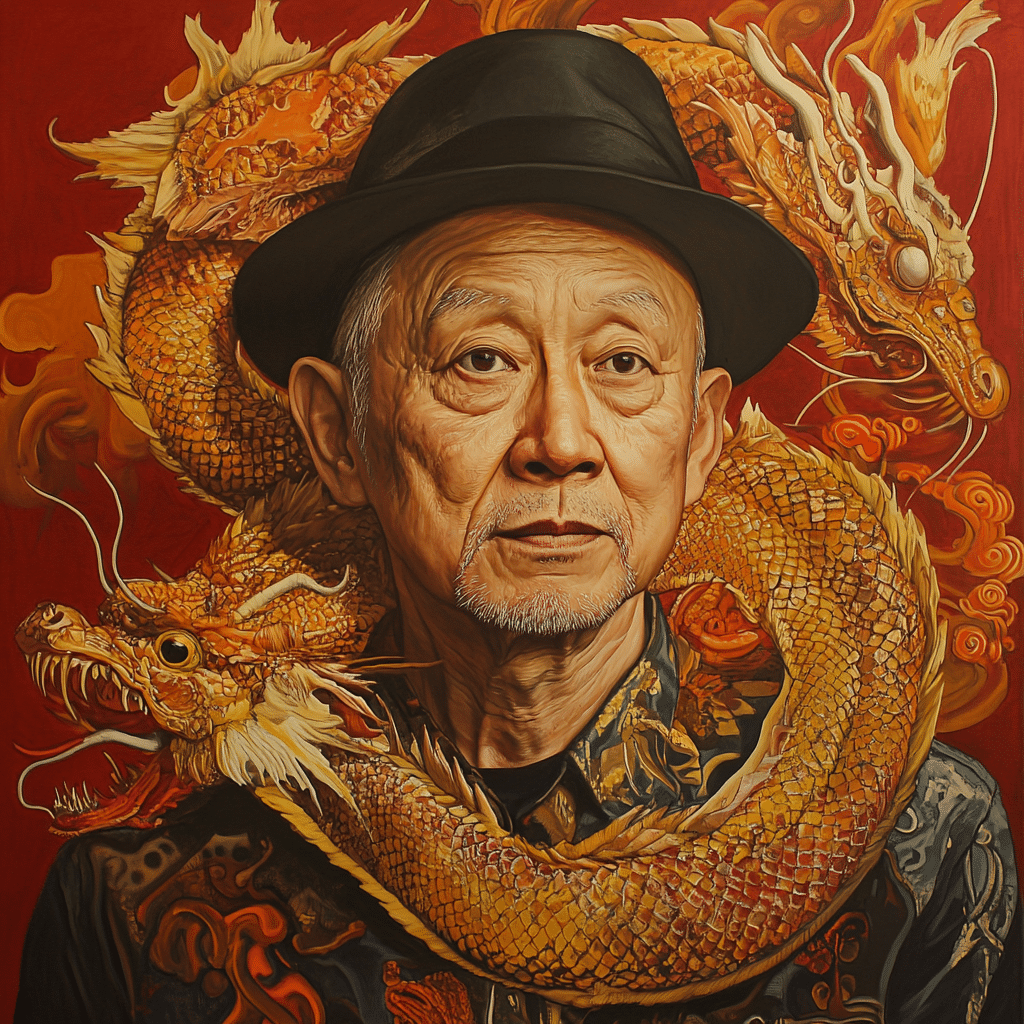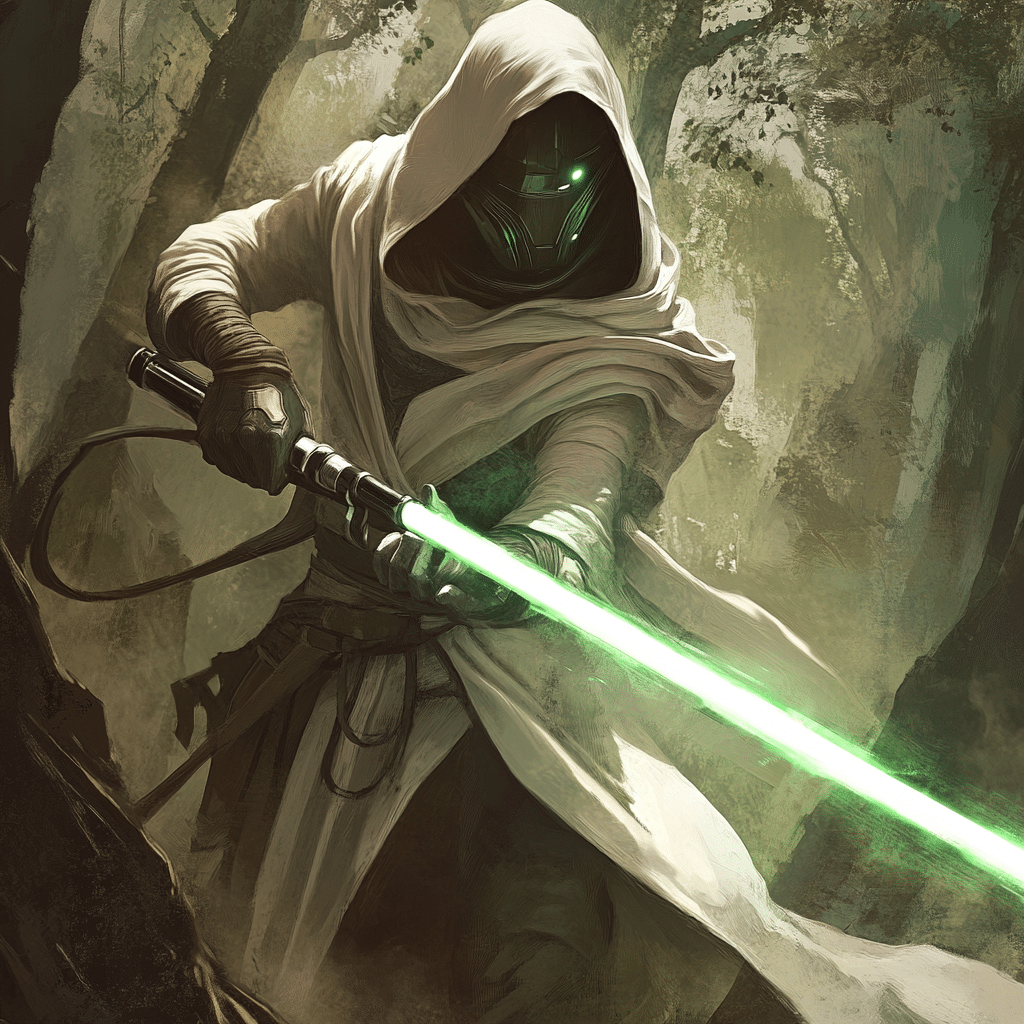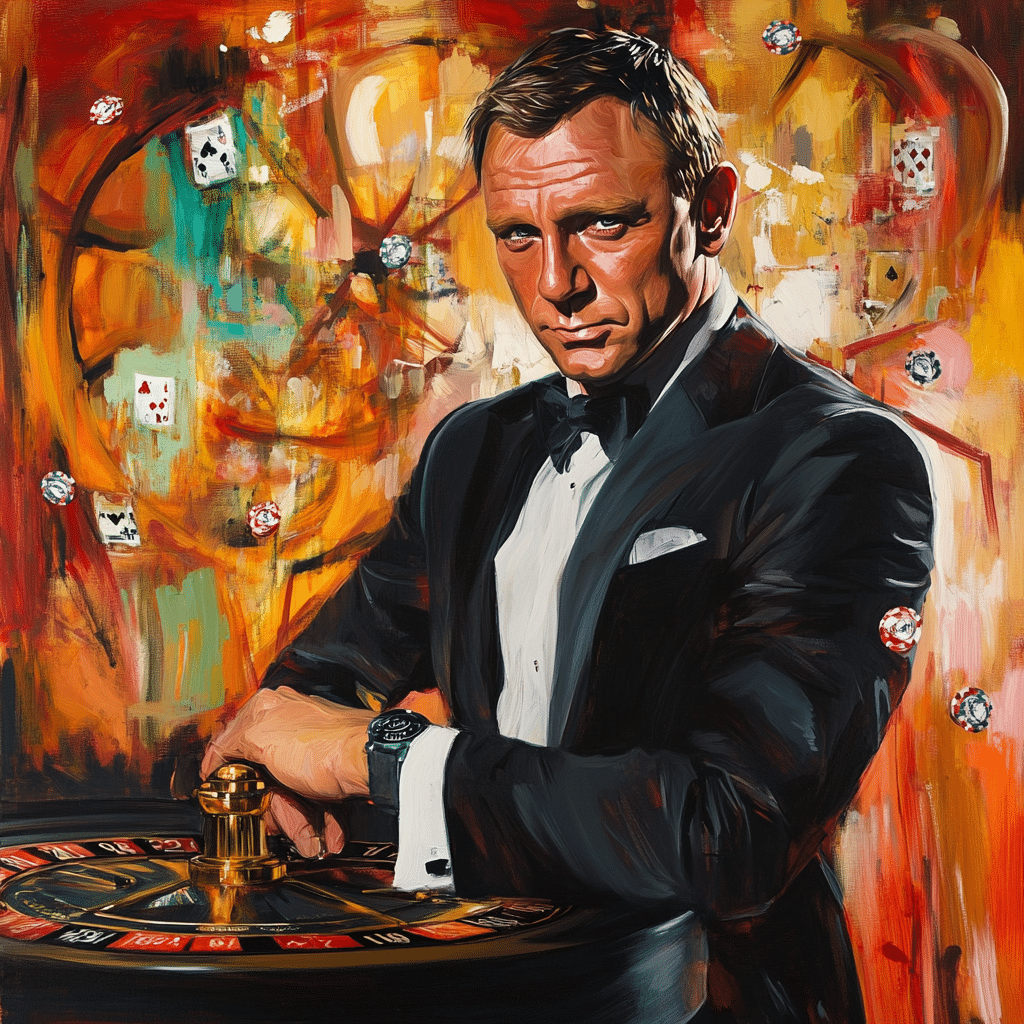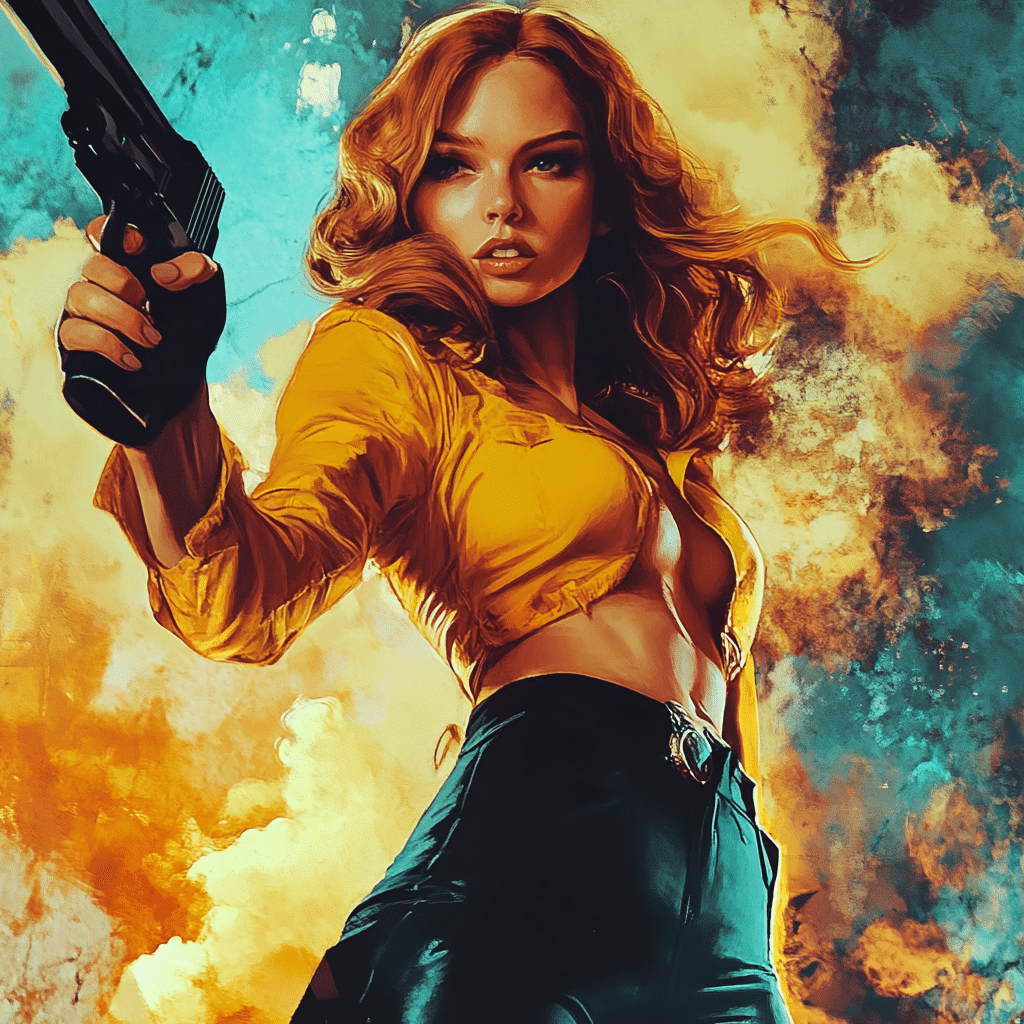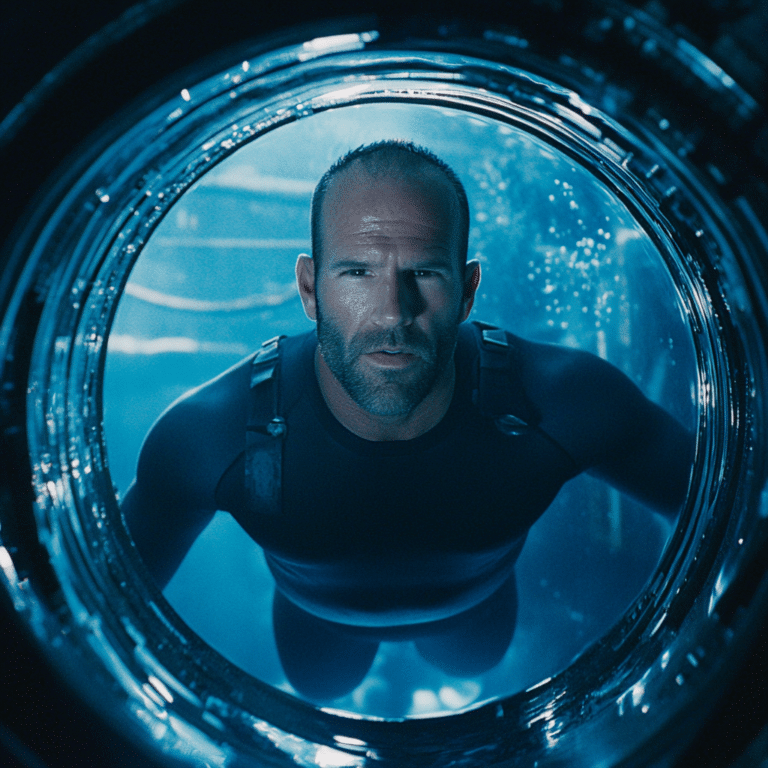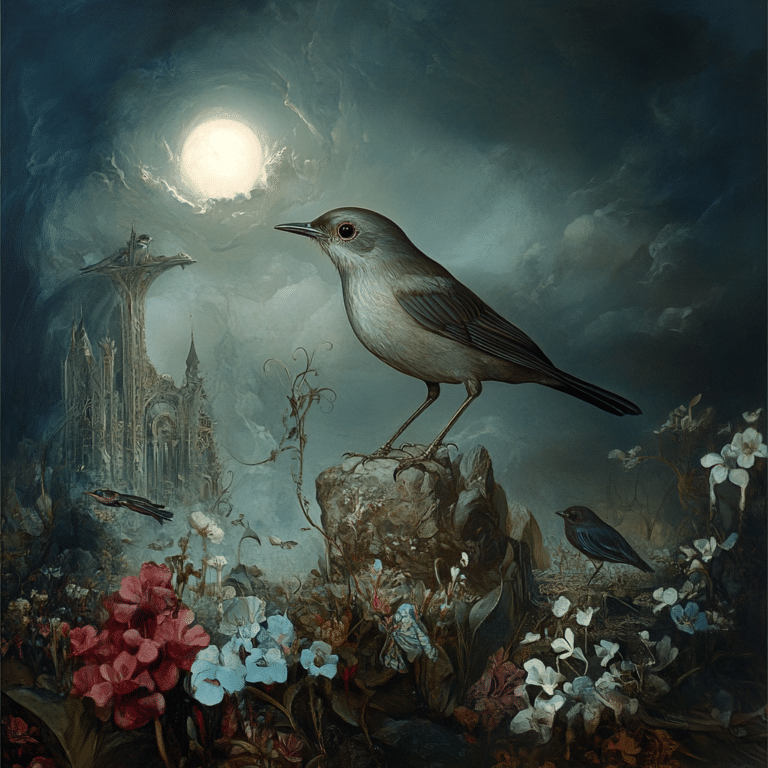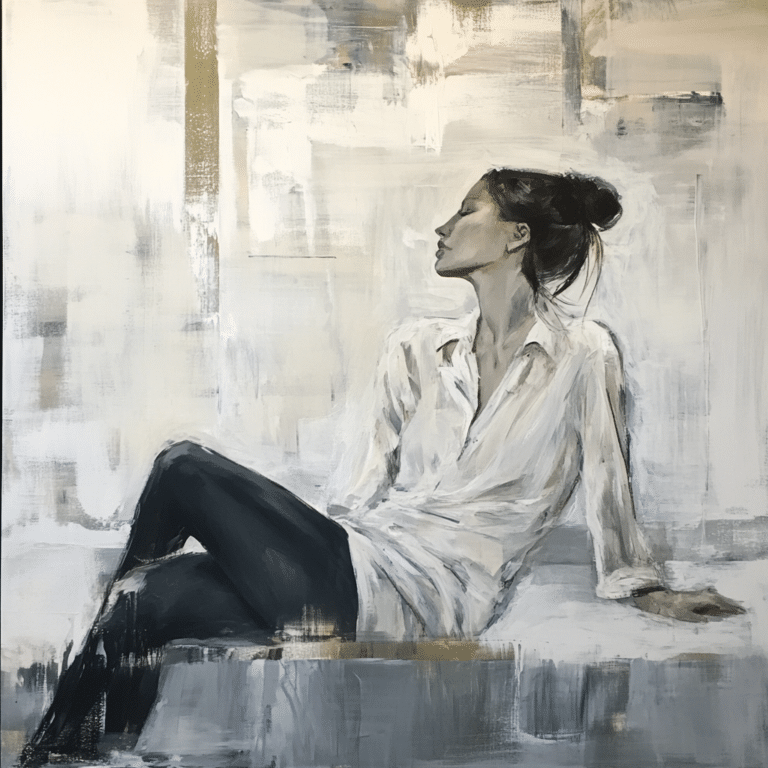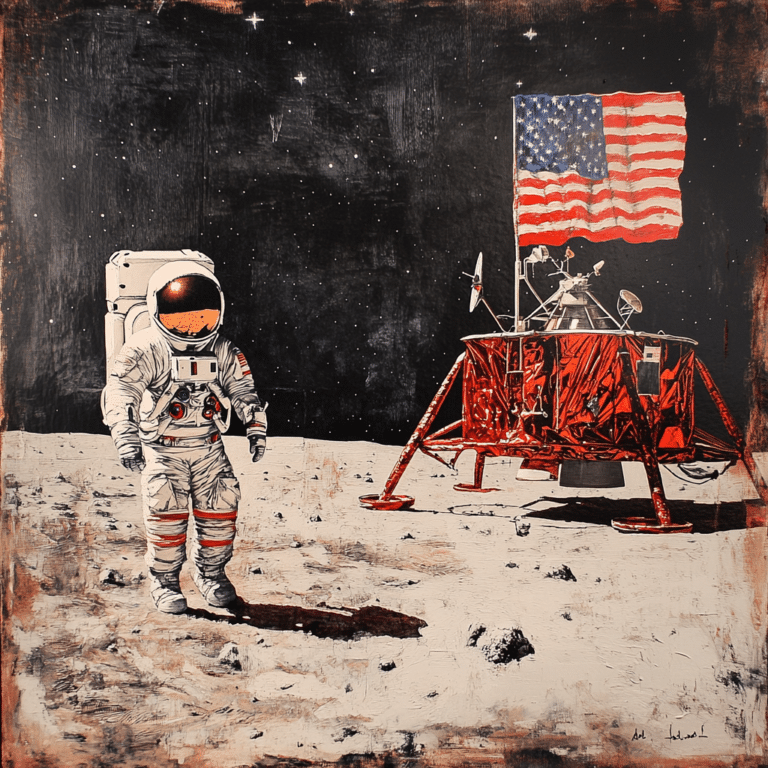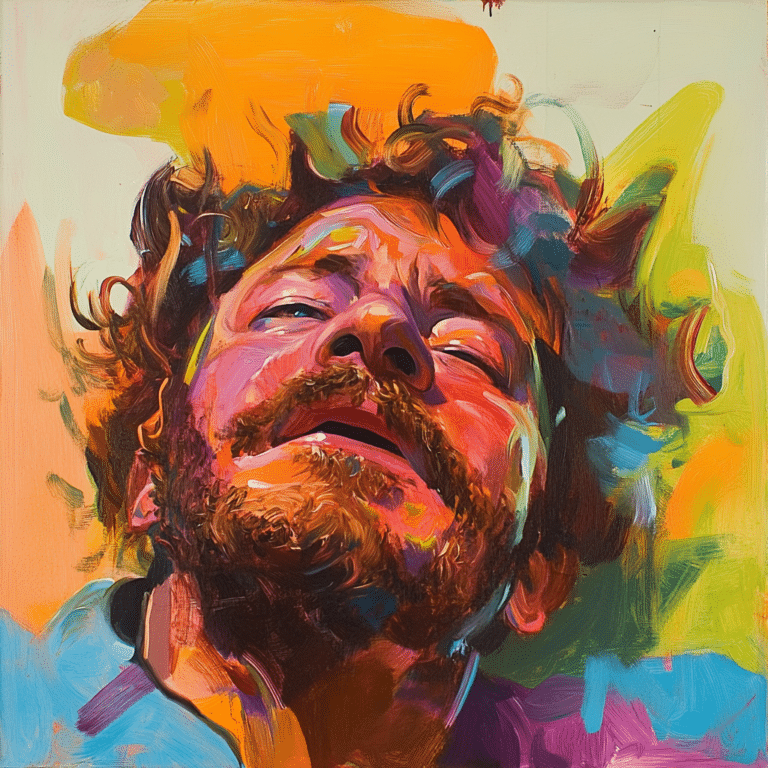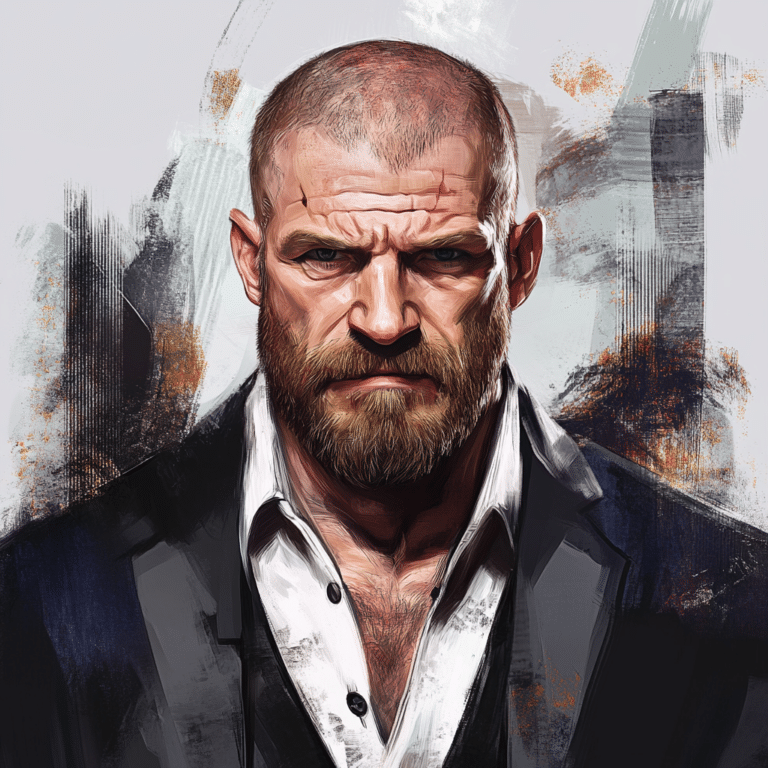Horror films often tap into our deepest fears, and if there’s one film that nailed that back in 2016, it’s Lights Out. The chilling flick, directed by David F. Sandberg, took the horror world by storm, captivating audiences with its expertly crafted use of shadows and the unknown. But what’s truly behind the making of this iconic film? Buckle up, because we’re diving deep into the shocking truth behind Lights Out—from its origins to its cultural impact.

The Origins of “Lights Out”: From Short Film to Feature
Lights Out began its life as a five-minute short film created by Sandberg in 2013. This little gem captivated audiences with its simple concept: fear lurks in darkness. The short went viral on YouTube, racking up millions of views and proving that a gripping premise can strike a chord. People just couldn’t resist those Lights Out jump scares!
When Lights Out transitioned from a short into a full-length feature in 2016, it showcased how digital storytelling can elevate a cool idea into a bonafide sensation. Its transformation left many scratching their heads, wondering how a brief clip turned into a feature that grossed over $148 million on a mere $5 million budget. Talk about box office magic!
The driving force behind the movie’s success is that it taps into a universal fear: the dark. There’s something inherently terrifying about not knowing what’s lurking right around the corner. The film effectively invited viewers to confront their inner itch—the one that makes us jump at shadows in our own homes.
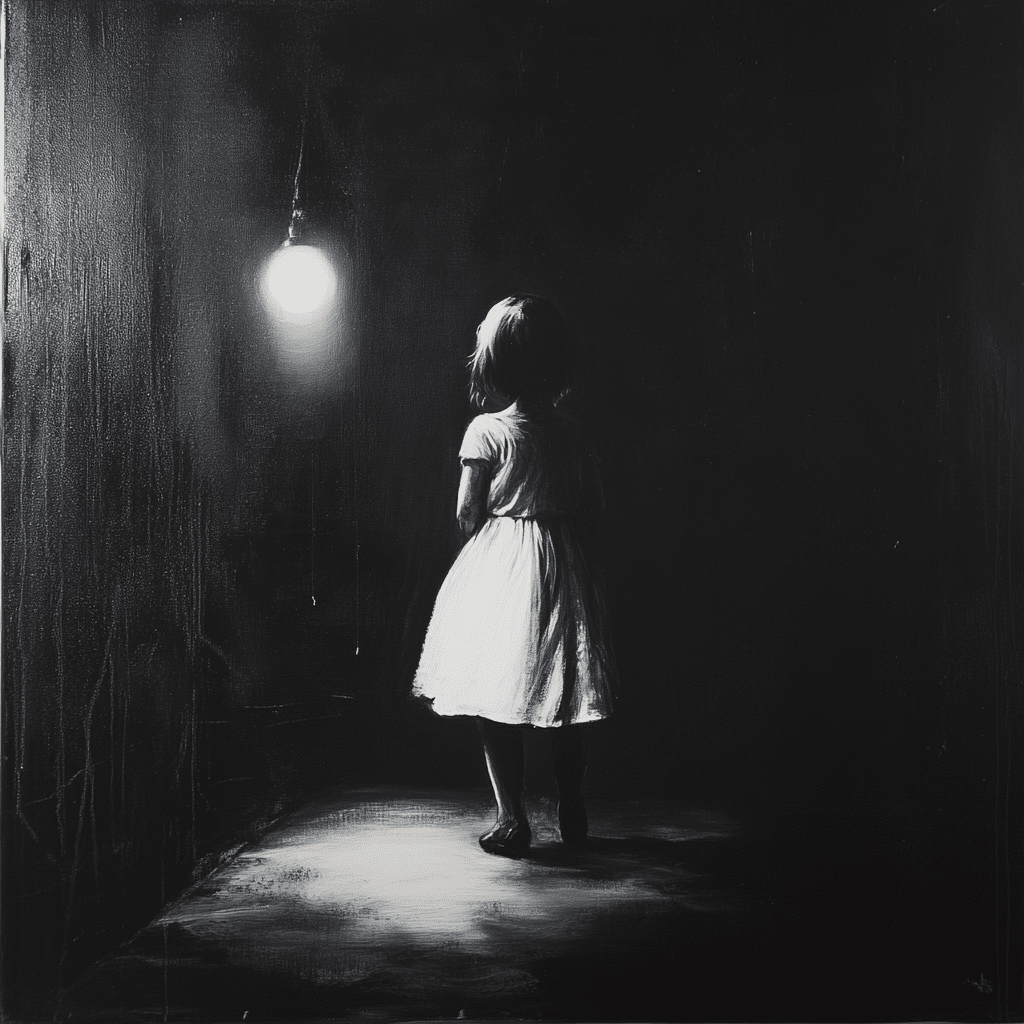
Top 5 Reasons Why “Lights Out” Redefined Horror
So, why did Lights Out shake things up in the horror genre? Here are five reasons that highlight its groundbreaking approach:
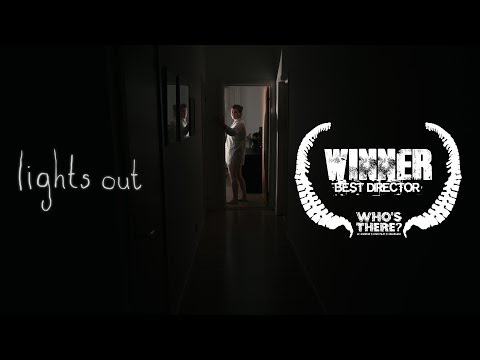
Death Proof: How “Lights Out” Stands Up Against Other Contemporary Horror Films
To gauge where Lights Out sits among its peers, let’s compare it to two titans of horror: Get Out and It Follows. While all three films command strong narratives and tackle fear, Lights Out stands out with its singular focus on the duality of light versus dark.
Get Out dives into societal issues using a horrific lens, while It Follows plays with the idea of paranoia. On the other hand, Lights Out emphasizes immediacy, making the fear feel tangible and pressing. The emotional experience of dread is so immediate that it makes your spine tingle. It’s like facing a Chewbacca costume in a dark room—creepy and unpredictable!
In this crowded landscape of horror, Lights Out carves its own niche. It’s more direct in how it portrays the threat, favoring visual terror over abstract symbolism. Each film offers something fresh, but there’s no denying that Lights Out plays a pivotal role in the thrilling dialogue about fear.

Overflowing with Fear: Audiences and Critical Reception
When it first hit theaters, Lights Out was met with enthusiastic applause from audiences, matching its impressive box office performance. While the critics had a mixed bag of opinions—some praising its premise while knocking it for employing familiar horror clichés—the film effectively broached the subject of fear. Love ’em or hate ’em, those horror tropes sparked discussions that keep fans buzzing.
The film’s leading lady, moving through horror’s often male-centric landscape, resonates with viewers. This blend of relatable characters and genuine scares opened the floodgates for viewer interpretation, leading to intense debates across movie forums. It makes sense; everyone’s got that one shadow that drives them nuts!
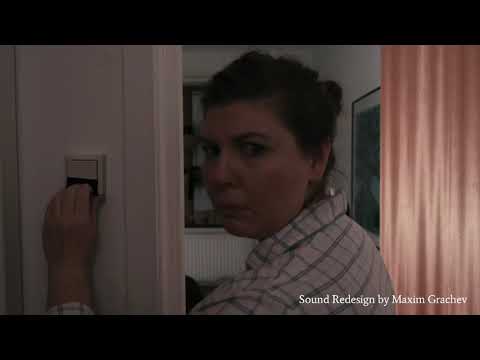
Behind the Scenes: The Making of “Lights Out”
The making of Lights Out sheds light on the hard work that goes into capturing fear on film. Sandberg and his crew designed the setting to mimic the claustrophobia many felt while watching. Those nail-biting moments? They were thanks to a cleverly crafted sound design that had audiences jumping in their seats.
Unique locations, slick filming techniques, and a terrific ensemble cast contributed to this masterful production. Sandberg’s relentless attention to detail made every scene feel alive, encapsulating the essence of terror that keeps horror fans talking. And hey, without that immersive soundwork, would we even have those delightful heart-thumping moments? It’s a recipe for success.
Final Thoughts on the Legacy of “Lights Out”
Reflecting on the impact of Lights Out, it’s clear this film isn’t just about scares; it holds a mirror to our psyche and our fears. Repeatedly, it encourages viewers to address their nightmares instead of running from them. As we traverse the landscape of modern horror, Lights Out sets the bar high, melding innovative storytelling with real societal themes.
Filmmakers today can take a page from this playbook, balancing creativity with essential truths. This will undoubtedly keep the horror genre not just alive but thriving. So, the next time you’re flipping through channels and see Lights Out playing, remember: watching it might just help you confront your very own ghost.✌️
For anyone who wants to explore more about movies like Lights Out, don’t miss checking out articles on related sensational hits like The Meg or dive into horror conversations like Girls Is Players too. These films may just keep you refreshed and ready to embrace that next cinematic thrill, even if it means dealing with your own haunting feelings!
Lights Out: Shocking Truth Behind the Iconic Horror Film
The Origin of Fear
Did you know that “Lights Out” started as a terrifying short film on YouTube? Director David F. Sandberg got quite the buzz with his brief yet bone-chilling video that went viral. It was so well-received that it caught the attention of Hollywood bigwigs, eventually leading to the feature-length film. Can you imagine a simple YouTube upload turning into a full-fledged cinema experience? Talk about the modern-day fairy tale! Speaking of transformations, just like Taylor Swift’s Eras Tour, which creatively revisits her musical evolution, “Lights Out” revisits a simple concept and magnifies it.
Real-Life Inspirations
What’s even creepier is that the idea behind “Lights Out” draws from universal fears—fear of the dark, anxiety of the unknown, and even feelings of isolation. These emotions resonate with many, which is why fans find themselves gripping their seats! On another note, actress Teresa Palmer pulled off her role with such finesse that you’d think she had lived through real horrors, which isn’t too different from the facing reality of UFO sightings discussed in Greys. Palmer’s performance lends a certain authenticity that hooks the audience and enhances the chilling atmosphere of the film.
The Cast Behind the Scares
The cast includes some emerging talents, such as young Megan Bitchell, whose on-screen presence is nothing short of compelling. There’s a remarkable similarity between her haunting portrayal and the iconic performances of Demi Moore in the ’90s, shaping a genre that lays the foundation for films like “Lights Out. Just think of how audiences back then were gripped by thrillers, similar to how viewers react now when the lights go down and the suspense builds.
So, whether you’re reminiscing about the thrill of classic horror or diving into the latest flicks, “Lights Out” offers a perfect blend of nostalgia and nightmares. It keeps viewers up at night—much like those evenings spent wondering if Hola Como estas means you should check for shadows in the corner of your room. Now that’s a terrifying thought!
